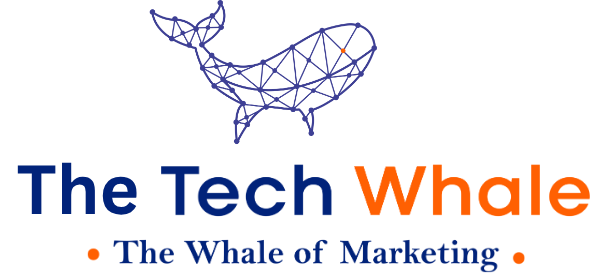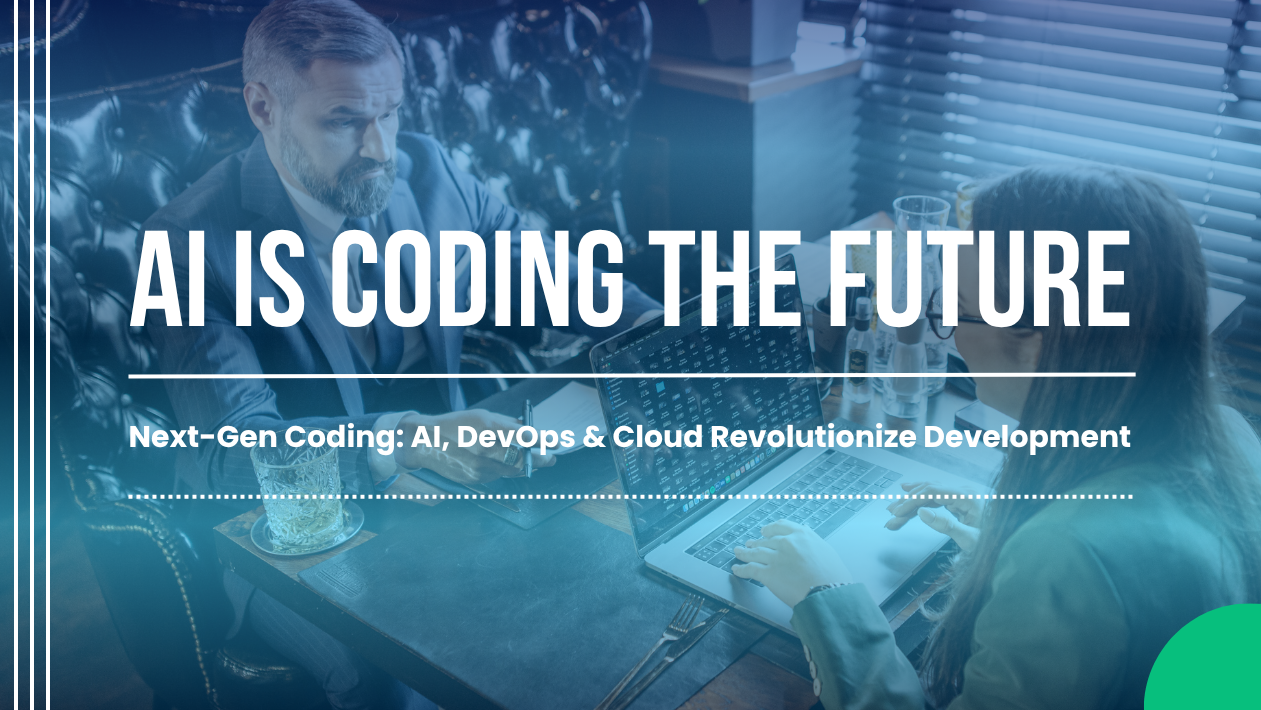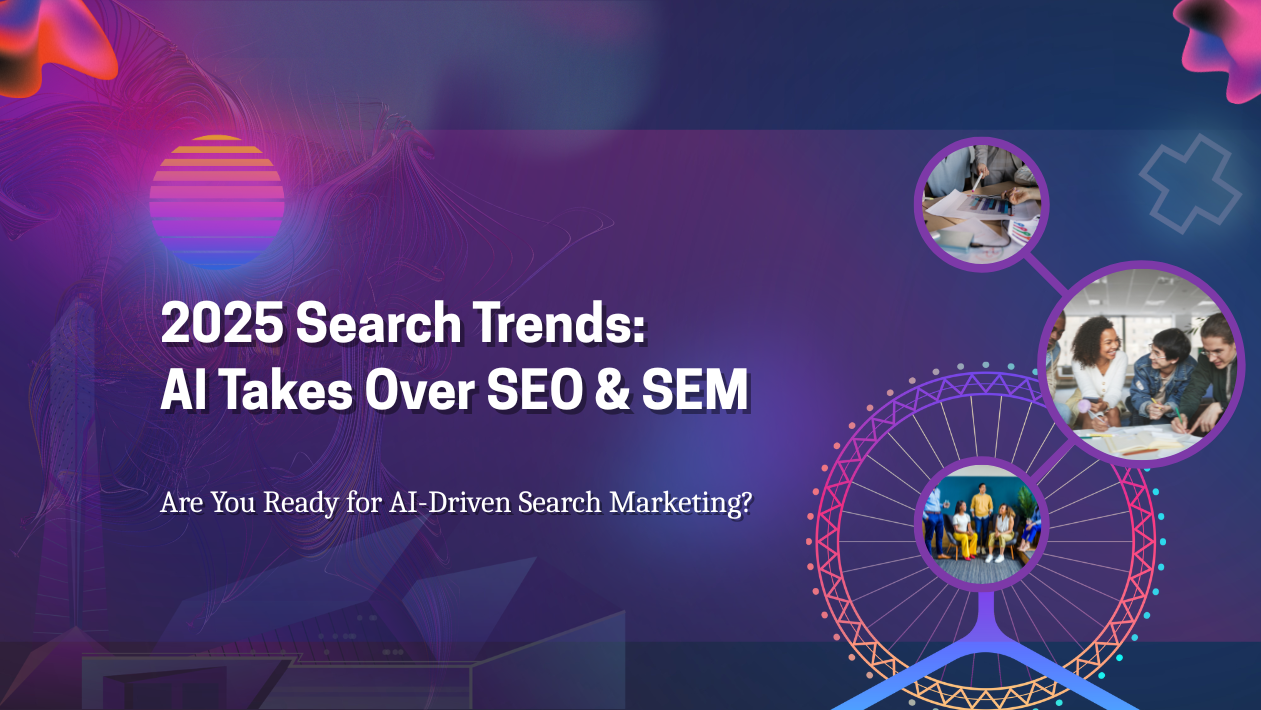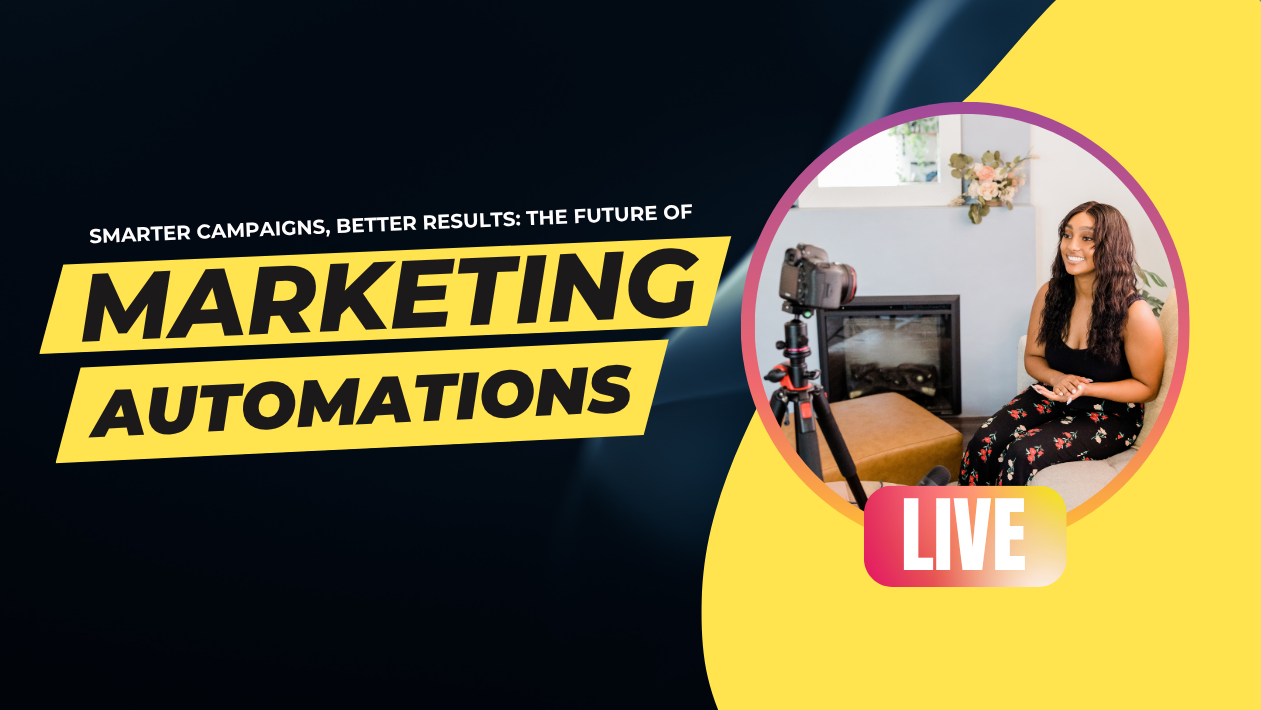For B2B marketers in 2025, one of the most debated questions remains: Should businesses invest more in LinkedIn Ads or Google Ads? Both platforms are powerful, but choosing the right one depends on goals, audience, and budget. Experts say the answer lies in adopting a framework-based decision model rather than treating it as an either-or choice.
LinkedIn Ads: Precision Targeting for Professionals
LinkedIn has become the go-to channel for B2B lead generation. With advanced filters—like job title, seniority, company size, and industry—it enables hyper-targeting of decision-makers.
Recent LinkedIn updates now allow for AI-powered lookalike audiences and in-mail automation, boosting engagement rates. According to HubSpot data, 80% of B2B leads from social media come through LinkedIn, making it a clear winner for account-based marketing (ABM) campaigns.
Google Ads: Intent-Driven Reach at Scale
Google Ads, on the other hand, thrives on intent signals. When users search for solutions (“best CRM for startups” or “cloud infrastructure pricing”), Google captures demand in real time.
Its strength lies in search campaigns, display ads, and remarketing, enabling businesses to stay top-of-mind. With the integration of AI-powered bidding strategies in 2025, Google Ads is delivering higher ROI for mid-funnel and bottom-funnel conversions.
The Smarter B2B Framework: 3 Key Factors
- Audience Definition
- If you want to target decision-makers by role, industry, or company size, LinkedIn Ads is superior.
- If you want to capture buyers already searching for solutions, Google Ads dominates.
- Campaign Goals
- For brand awareness, thought leadership, and lead generation, LinkedIn excels.
- For demand capture, website traffic, and direct conversions, Google Ads performs better.
- Budget & Funnel Stage
- LinkedIn Ads often have higher CPC (cost per click) but better-qualified leads.
- Google Ads offer scalable reach but require strong landing pages and conversion tracking to maximize ROI.
Hybrid Strategy: The Future of B2B Marketing
Industry analysts emphasize that the best B2B campaigns combine both platforms. A business might run educational LinkedIn campaigns to engage decision-makers early, then use Google remarketing to convert those who search later.
“LinkedIn creates demand, Google captures it. Together, they deliver a full-funnel strategy,” says Sarah Lee, VP of Digital Marketing at a global SaaS firm.
Outlook: Smarter Ad Spend Decisions Ahead
In 2025, with marketing budgets under constant scrutiny, companies that adopt a framework-based approach to balance LinkedIn Ads and Google Ads will achieve higher ROI and better customer acquisition efficiency.





